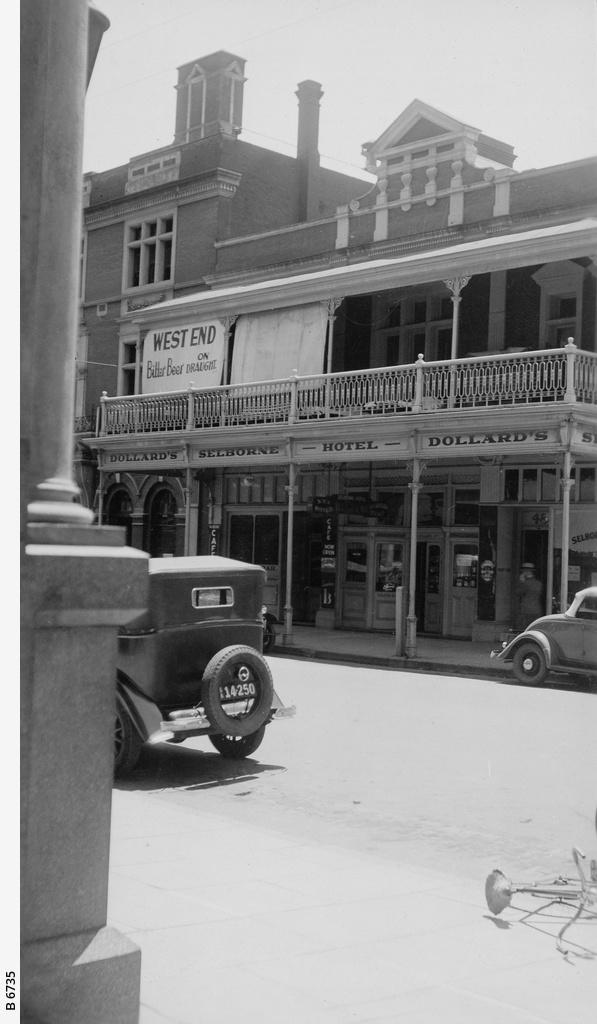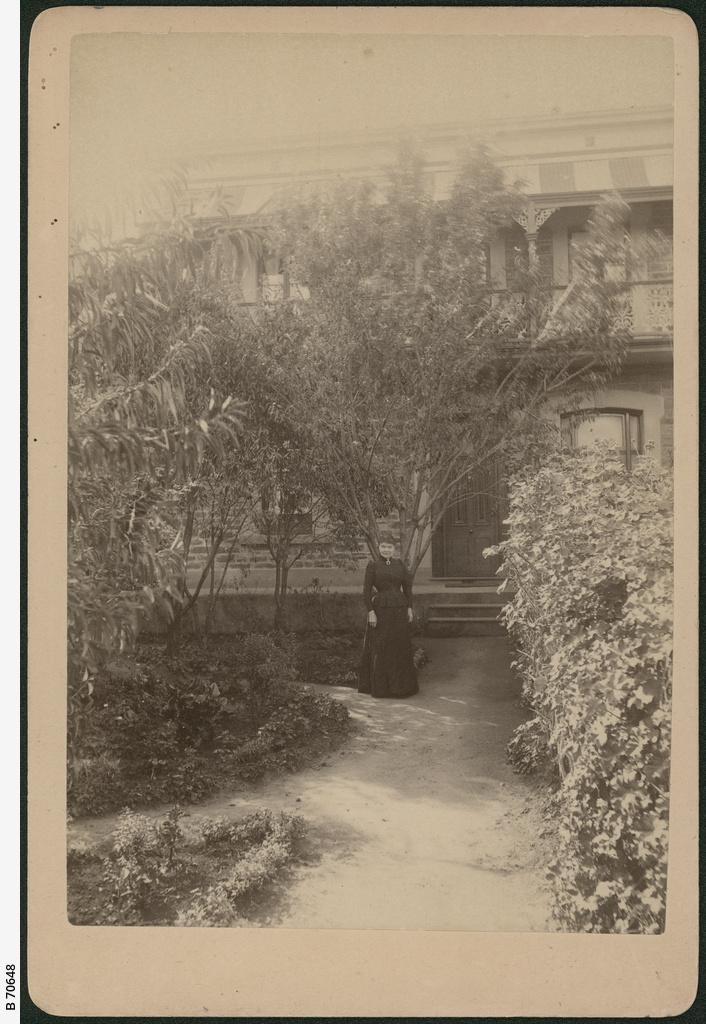
Trade Unionism legalised
In 1871, the Parliament of the United Kingdom passed the British Trade Union Act of 1871, which legalised trade unions for the first time. South Australia soon followed suit, in 1876, and became the first territory outside of the British Empire to legalise the Trade Union movement.
“The purposes of any Trade Union shall not, by reason merely that they are in restraint of trade, be deemed to be unlawful so as to render any member of such Trade Union liable to criminal prosecution for conspiracy, or otherwise.” ~ The Trade Union Act, 1876 (SA) s 2
With the legal right to collectively represent their trades, it made sense that the various unions should come together to form a united council. On 31 January 1884, a meeting at the Bristol Tavern in Adelaide to form the United Trades and Labour Council of South Australia (UTLCSA).
“a large and representative meeting of delegates from the various trade and labour societies in South Australia,” ~ The South Australian Register, 2 February 1884.

Women in the South Australian union movement
With reformed labour relations rising in prominence, so to was social change for women and their rights. During the mid-1850s the Women's Suffrage movement in South Australia was well underway. More women began to work in paid labour and were impacted by the vagaries of relations with their employers. As a result, the Working Women's Trades Union (WWTU) was formed in March 1890 and applied for UTLC affiliation, with suffragists Mary Lee and Auguste Zadow heavily involved in the campaign.
“Wherever a noble deed is done, ‘tis the pulse of a hero’s heart is stirred. Wherever the right hath a triumph won, there are the heroes’ voices heard” ~ Mary Lee,
Adelaide Observer, Sat 22 March 1890, page 8. NLA: Trove
On 15 March 1890 social and political activist Mary Lee wrote a long letter to the Adelaide Observer welcoming the formation of the Working Women's Trades Union and the need for this development to be followed by the franchise. It was published in ‘The Ladies’ Page’ under the title ‘Letter to Women’ By Mary Lee, read it in full on Trove. Mary Lee became the secretary of the union.

Later in June, a meeting of the UTLC was held at the Selborne Hotel, where Mrs Agnes Milne, Mrs Reuin and Miss Vincent were welcomed as delegates. They joined Mary Lee, the secretary and Alexander Zadow the Treasurer to progress the campaign for working women’s rights.
Zadow was a trade unionist and factory inspector who championed the fight against low-wages and poor conditions for female workers in the South Australian clothing trade. On 29 March 1895 the Secretary of the UTLC wrote to WWTU delegate Zadow acknowledging her resignation as a delegate and congratulating her on her appointment as "Inspectress under the Factories Act", the first woman to be appointed in this position in South Australia. Auguste Zadow's tenure was brief and she died in 1896, her passing marked by her obituary on the front page of the UTLC paper, The Weekly Herald.
After World War One
Post-WWI conditions led to some serious labour confrontations due to lack of job opportunities and the economic downturn. In September 1928, 400 wharfies protested the use of scab labour in a protest described by The Register newspaper as a ‘Serious Riot on the waterfront’.
The following year, in the United States, the Wall Street stock exchange collapsed, which sparked a worldwide economic depression. Known as the ‘Great Depression’ of the 1930s, it brought more challenges for South Australian unions and their membership. On 9 January 1931 unionists joined to protest the South Australian government’s decision to remove beef from rations for the unemployed, leading to a protest, that The News newspaper reported as a ‘Riot in Adelaide streets after unemployed parade’. This protest parade became known as ‘The Beef March’.
The Great Depression was followed by the Second World War and a return to near full employment. Men joined the campaign to fight, and women found themselves in the paid workforce in greater numbers than ever before.
After World War Two and beyond
The social changes from WWII brought new agendas to the union movement. Campaigns for equal pay and the cessation of forced retirement of women once they married became the new focus and these issues bought with it permanent changes to Australian unionism and society.
The era of globalisation brought with it the introduction of robots to manufacturing, computers in almost all aspects of business, and the introduction of the internet have all affected aspects of the workplace during the late 20th century. This has led to considerable restructuring of the Australian workforce and a general reduction in union membership. The Australian Federal Government has introduced several workplace relations laws since late 2000, some successful, and some not.
With the information age now upon us, the internet and mobile devices, advances in technology, and the developing world of artificial intelligence have brought further challenges and advantages to workplaces and workplace relations. Working from home was once a dream, but during 2020 many workers experienced a shift towards working from home during the COVID19 pandemic. Mobile devices, access to wifi and mobile data allow many workers to connect to their business systems remotely, allowing flexibility in who and where people can work.
“Trade unions represent the aspirations and rights of millions of Australian workers. They are a vital force in our democracy.” ~ Bob Hawke

The Union Movement in South Australia began in reaction to unfair working conditions at the very beginning of the state. The movement ebbs and flows in reaction to societal and economic changes, but the fact that in our country we can have trade unions representing workers shows democracy at work. South Australian unions, and indeed Australian unions, might be facing declining membership, largely due to workplace reform and relation laws becoming more robust and reflective of issues faced by today’s society. But they are still an important part of the Australian workplace fabric, as they enable a unified voice for workers facing workplace upheaval or change.
Story written by the Engagement and Marketing team
More to explore
Explore Union related photos in the catalogue
South Australia Company, summary record
Passenger lists of the South Australia Company emigrants and other documents
Catalogue summary record for George Fife Angas
Explore more photographs featuring Eight-hour days processions and celebrations.
Moss, J. (1985) Sound of trumpets: History of the Labour Movement in South Australia. Netley: Wakefield Press.

























